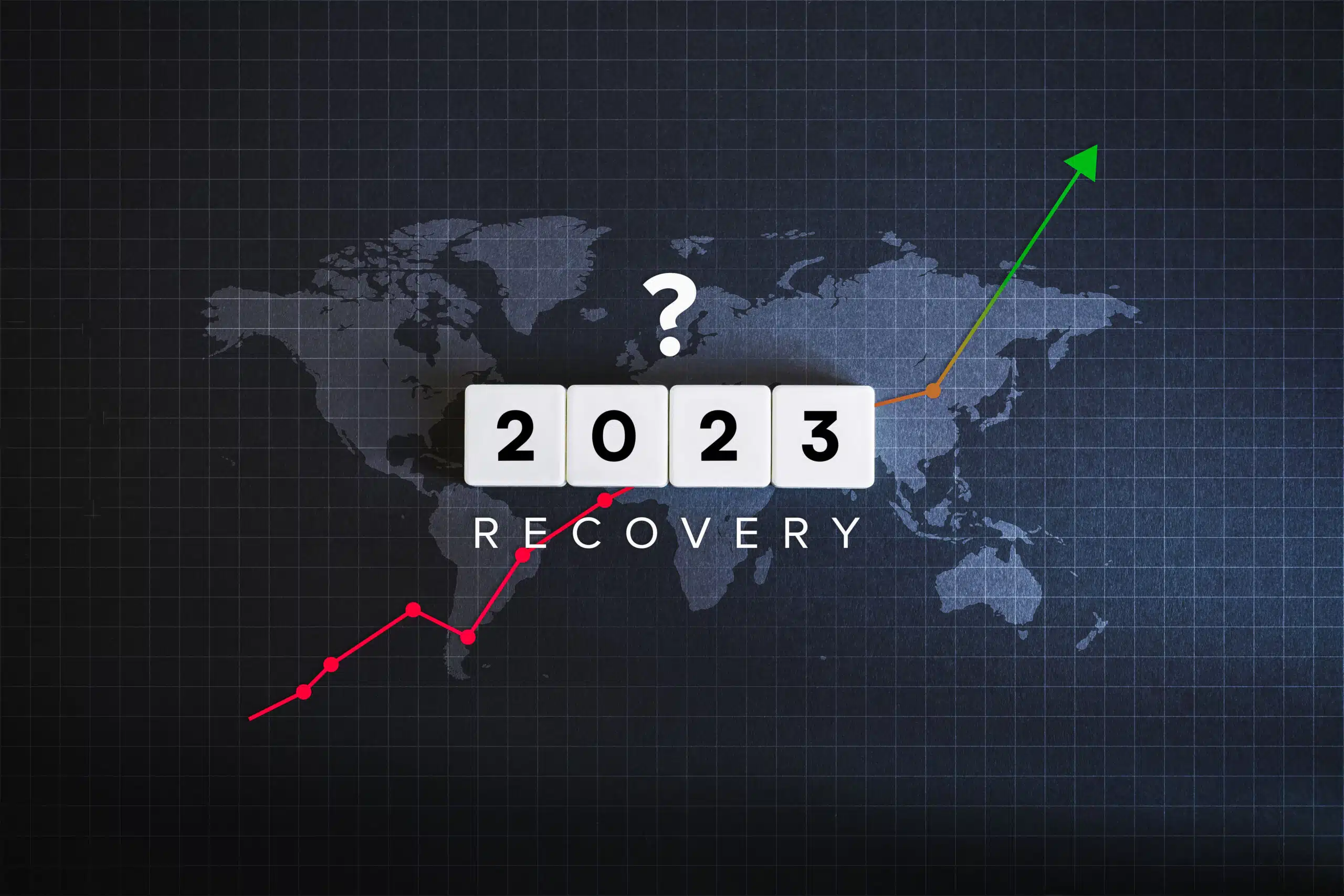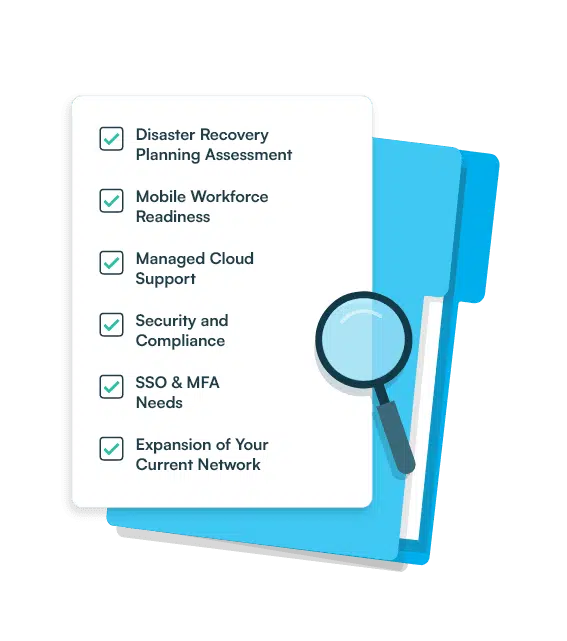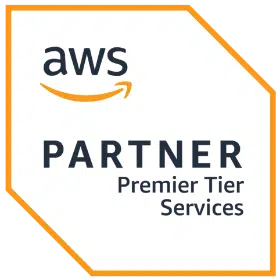Disaster recovery solutions for dangerous times

Developing a cost-effective disaster recovery (DR) strategy that works across both modern cloud and on-premises environments is sometimes tricky. Fortunately, a powerful DR solution from AWS and Cloudnexa gives your organization access to redundant resources that can protect your infrastructure against disruption. Recover from outages and swiftly restore data and services, all while maintaining tight control over costs.
The changing face of business disruption
Severe weather, determined hackers, and disgruntled insiders are just the beginning of what enterprises face today. Remote work and increased connectivity are also creating new openings for network outages and intrusions. In addition, a deeper reliance on outside partners has significantly boosted the risk profile for many firms. In fact, Forrester estimates that 60% of security incidents will be chalked up to third parties.
Inadequate DR capabilities can be disastrous for your business. Companies hit by ransomware, for example, sometimes take weeks or more to recover their data and restart systems. Add on lost revenue, reputational harm, and the possibility of financial penalties, and guarding your organization against disaster becomes central to your long-term sustainability.
How long could your business last without taking orders, making products, or delivering services?
For enterprises working in the cloud, where employees and customers rely heavily on a smooth-functioning infrastructure and supporting apps, you need a DR strategy that enables your teams to avoid trouble and also empowers them to quickly respond to trouble if it shows up.
Disaster recovery roadblocks abound
Securing resources to boost your disaster recovery posture can be a challenge. With the high price and low availability of technology talent, it’s difficult to maintain the right staff—and enough of them—in-house to administer a robust DR program. Funding is also a concern, as businesses consider the costs of duplicating their infrastructure, OS, and third-party licenses to run workloads in a standby or redundant site.
Logistics and responsiveness are also top issues. Legacy DR technologies often took a long time to recover workloads, which is particularly worrisome when dealing with mission-critical platforms and processes where aggressive recovery time objectives (RTOs) are a must. As more workloads move to the cloud, the varying DR requirements of different apps creates confusion for IT teams and makes the specter of scaling even more daunting.
[CALLOUT]
A report by Uptime Institute found that almost 40% of organizations suffered a major, human error-caused outage over the past three years, and 85% of those outages resulted from procedures and processes that were either flawed or weren’t followed.
[END CALLOUT]
Not surprisingly, an adherence to earlier and sometimes outdated practices still prevents some enterprises from modernizing their disaster recovery programs. In the past, DR plans often featured tape backups, which were squirreled away in somebody’s garage. Even today, some DR programs leverage a similarly haphazard approach. Untested processes and outdated procedures are expected to harmonize multiple systems of varying ages, and essentially everyone just hopes the team can figure out a workable recovery plan on the fly.
Protect your AWS environments and on-prem assets against disaster
Because most businesses now have a blend of on-premises and cloud-based apps, disaster recovery is more complex. Fortunately, AWS Elastic Disaster Recovery (AWS DRS) is a cost-effective way to seamlessly handle hybrid scenarios and provide a single, unified solution for your entire IT environment. The service supports common enterprise apps and databases, enabling fast and reliable recovery using minimal compute to help give you peace of mind.
With AWS DRS, enterprises pay for recovery site resources only when they’re needed, meaning you can ditch the cost of sustaining those resources during idle times. AWS elasticity and usage-based billing further eliminates the need for expensive duplicate hardware and licenses. And because your resources are delivered through AWS, you can convert CapEx to OpEx as part of your cost control plan.
Another big benefit of AWS DRS is access to Availability Zones, which enable the use of geographically dispersed, fault-isolated resources. This gives you the ability to leverage separate power sources and connectivity for your replicated data. It’s a core component in the AWS well-architected framework, designed to help you maintain an AWS environment with high reliability in a world of uncertainty.
Making the implementation of a strong disaster recovery program even easier, AWS DRS allows you to employ proven, repeatable testing protocols. Your team can run disaster recovery readiness drills and test other elements in your DR plan more frequently without impacting user activities. Fewer people are needed to carry out testing and you’re less likely to create disruption across your workloads, plus you can maintain comprehensive recovery capabilities while scaling your AWS environment.
Modern disaster recovery with a Cloudnexa boost
Cloudnexa builds on the capabilities of AWS DRS with powerful features such as our 24/7/365 monitoring using onshore resources. This enables faster detection of potential issues as well as faster response times to incidents such as malware, connectivity disruptions, and service outages. Cloudnexa can deliver maximum uptime and peace of mind that your environment is properly monitored and protected in the event of trouble. As emerging technologies become available and disaster recovery best practices evolve, our team of AWS experts will help you understand how those changes may affect your operations and provide guidance on maintaining high reliability.
If your disaster recovery program needs a modern boost, we’d love to show you how AWS DRS can help you reduce complexity, trim costs, and increase resilience. Get in touch with a Cloudnexa AWS expert today to learn more.


